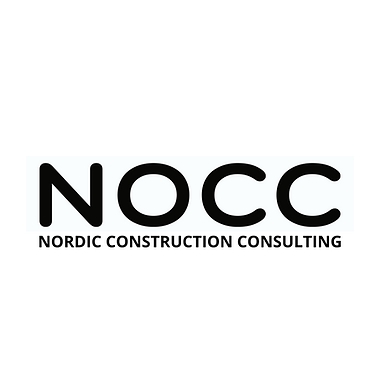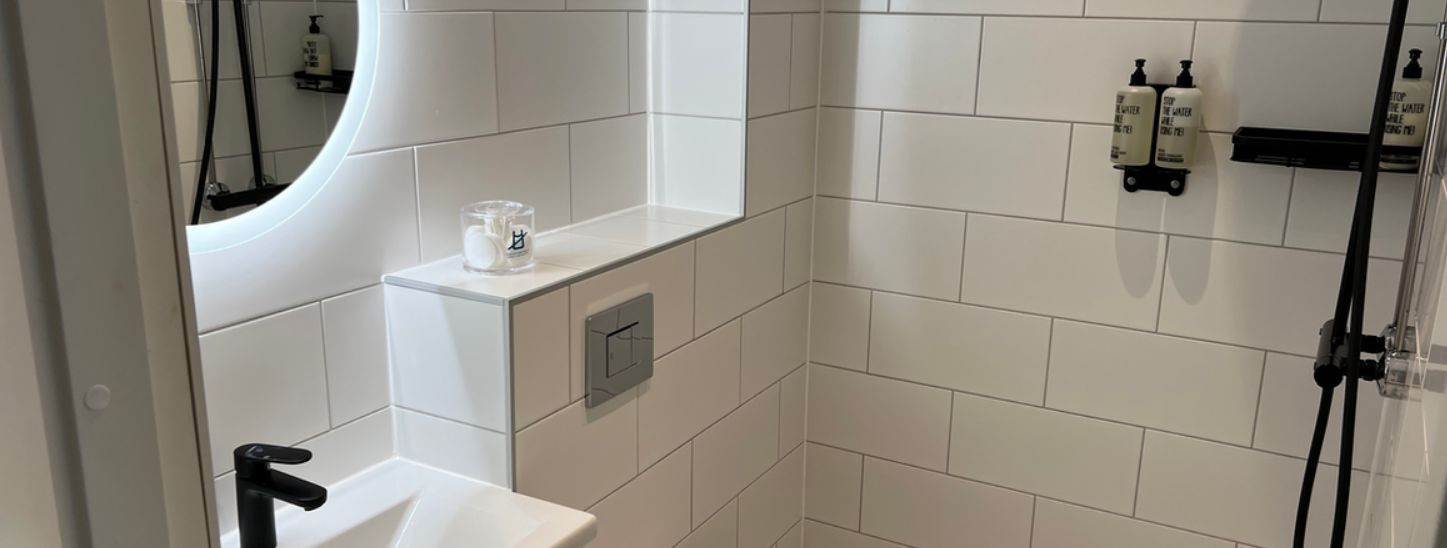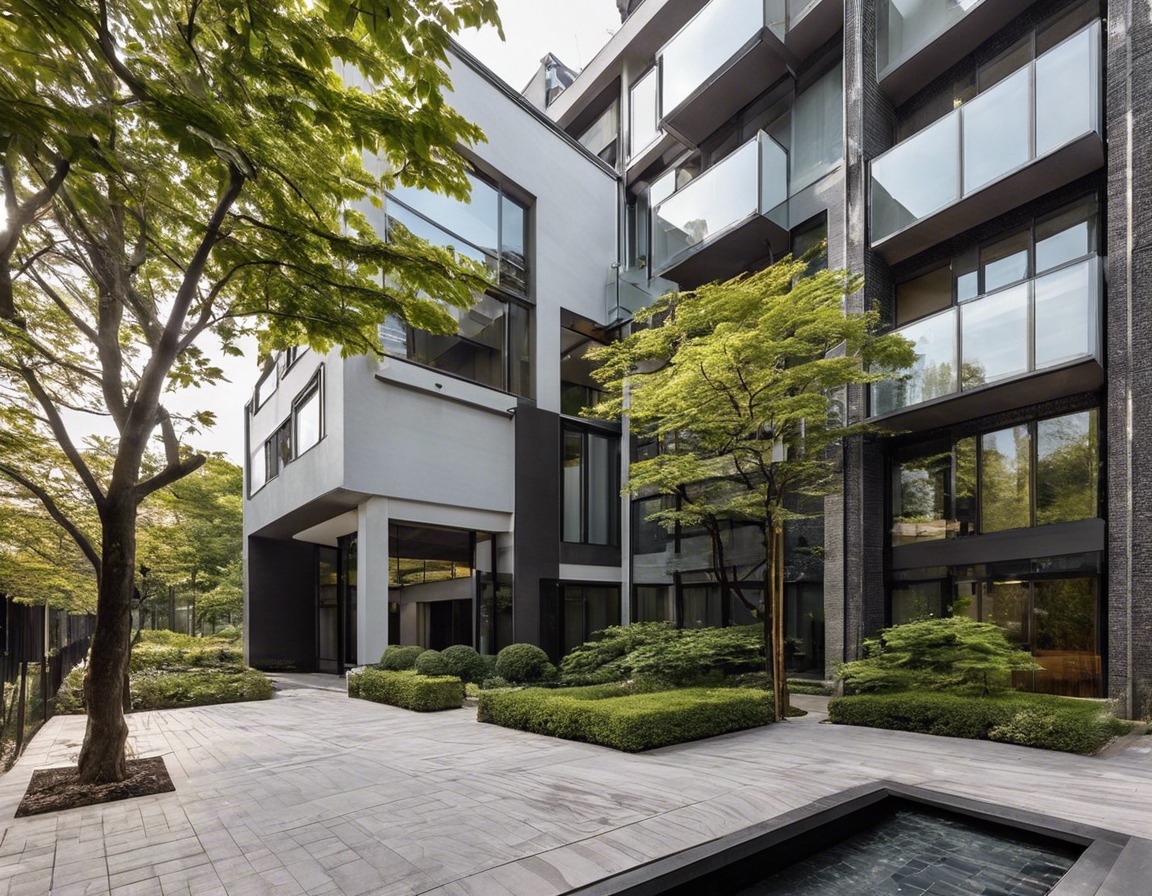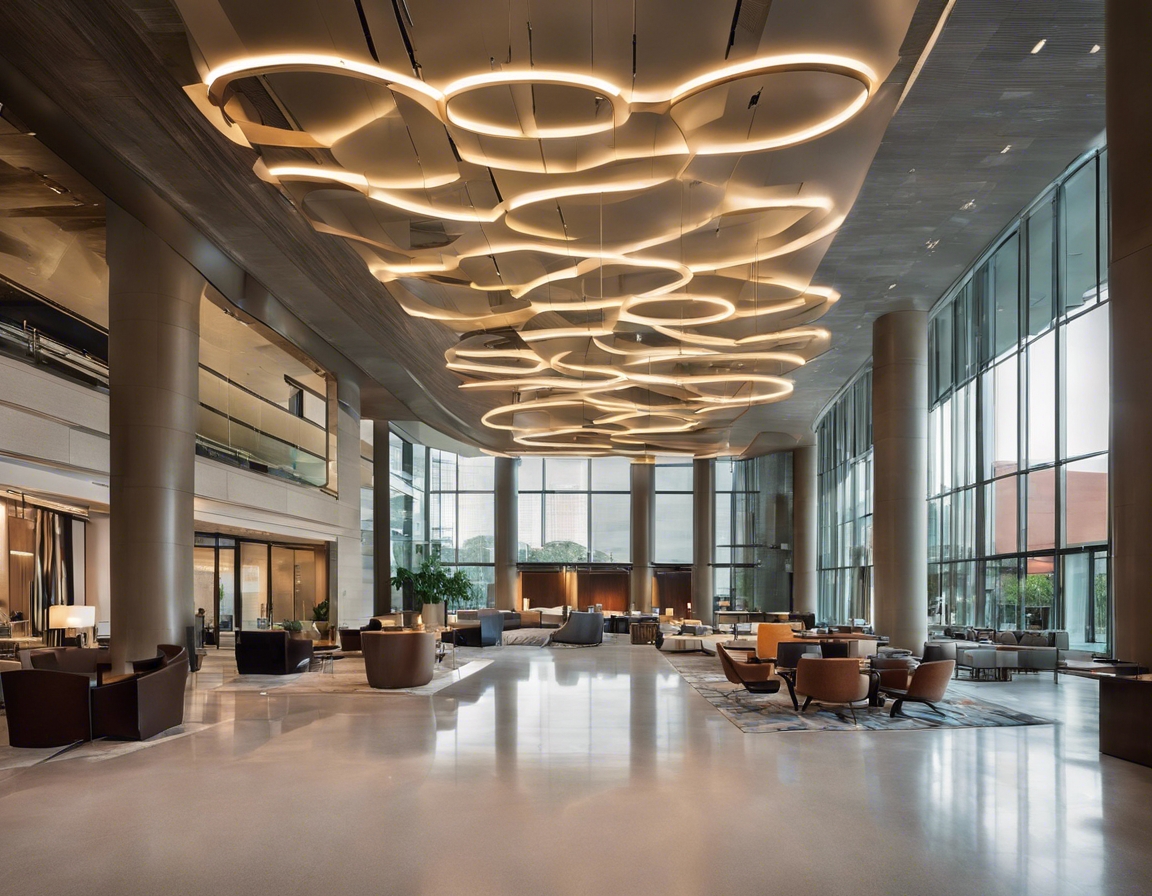Top 5 design trends for modern homes
In the ever-evolving world of architecture and interior design, staying ahead of the curve is essential for homeowners and real estate developers. Modern homes are increasingly reflecting the values and lifestyles of their inhabitants, with a strong emphasis on sustainability, technology, and functionality. In this blog post, we explore the top five design trends that are shaping modern homes today.
Trend 1: Sustainable and Eco-Friendly Design
As environmental concerns continue to rise, sustainable design has become a cornerstone of modern architecture. Homeowners are seeking ways to reduce their carbon footprint and create energy-efficient living spaces. This trend is not only about using eco-friendly materials but also about designing homes that harmonize with their natural surroundings.
Materials such as bamboo, reclaimed wood, and recycled metal are gaining popularity for their low environmental impact. Additionally, practices like passive solar design, rainwater harvesting, and green roofing are being integrated into modern homes to enhance sustainability.
Trend 2: Smart Home Technology Integration
Smart home technology is revolutionizing the way we interact with our living spaces. From automated lighting and climate control to security systems and entertainment, technology is seamlessly integrating into modern homes to enhance convenience and efficiency.
Smart home devices offer numerous benefits, including energy savings, increased security, and improved quality of life. Popular devices include smart thermostats, voice-activated assistants, and automated lighting systems, all of which can be controlled remotely via smartphones or tablets.
Trend 3: Minimalist and Open-Concept Living Spaces
Minimalism is characterized by simplicity, clean lines, and a focus on functionality. This design trend emphasizes decluttering and creating spaces that are both aesthetically pleasing and practical.
Open-concept layouts are becoming increasingly popular as they promote a sense of spaciousness and fluidity. By removing unnecessary walls and barriers, these layouts encourage interaction and make homes feel larger and more inviting.
Trend 4: Biophilic Design and Natural Elements
Biophilic design is an approach that seeks to connect occupants with nature. It incorporates natural elements such as plants, water features, and natural light to create a calming and rejuvenating environment.
Incorporating natural elements can be as simple as adding indoor plants or as complex as designing entire spaces around natural views. Other strategies include using natural materials like stone and wood, and maximizing natural light through large windows and skylights.
Trend 5: Multifunctional Spaces and Furniture
With the rise of remote work and changing lifestyles, the demand for multifunctional spaces has increased. Homeowners are looking for ways to make the most of their living areas by creating spaces that serve multiple purposes.
Innovative furniture solutions, such as foldable desks, convertible sofas, and modular shelving, are essential for maximizing space and functionality. These pieces allow homeowners to adapt their living spaces to their needs without sacrificing style or comfort.






Comments (0)